Yellowstone and the search for solitude
I knew that Yellowstone would have hot springs and wildlife, but would I be able to find solitude there as well? The numbers didn’t look promising: america’s first national park sees over 2.5 million visitors every summer. Still, it’s a big place, larger in area than Rhode Island, and I thought my goal was achievable. It would simply be a matter of figuring out where to go.
Old Faithful was not the place to get away from the unwashed masses. I had pictured the geyser being in some remote location, perhaps a half-mile hike from some dirt-lot trailhead in the wilderness. Nope. The reality was an enormous paved parking lot packed full of cars, trucks, and RVs. There was enough parking there for a shopping mall, and a large one at that.
The geyser itself was in the middle of a large wood boardwalk, which was an arc set back from the aperture about 100 ft and circumscribing about 240 degrees. Between eruptions, the boardwalk was fairly empty, but near show time, it was packed with people. In most cases, the throngs were many rows deep.
I stuck around for two eruptions, and each time, I was amused by how many people chose to experience the event via the screens of their digital cameras instead of living it in the present. I admit to some guilt in this regard, but I did pry myself from my technology long enough to enjoy the moment as well.
So, Old Faithful was fun to watch but in no way provided solitude. I pressed on deeper into the park.
To the west of Old Faithful, the park road curved north. Along the way, it passed a small parking lot at a location known as Biscuit Basin. I decided to stop.
The namesake biscuit-shaped formations were destroyed in a fit of geothermal activity a long time ago. Remaining were numerous pools of hot water, each one uniquely colored from minerals and microbes.
An extensive network of boardwalks snaked through the area, both to protect the visitors from the hot geothermal features and to protect the features from the visitors. The numerous, numerous visitors. No solitude there. A different approach was needed.
I knew that I would be able to find solitude in the backcountry, but I wasn’t feeling much like backpacking. Maybe it was my recent Denali experience; how could other places compare? Part of it was also a general feeling of exhaustion, which was compounded by the fact that I had already been (car) camping for a few days.
In the end, I decided that I would regret not backpacking at least one night in Yellowstone. I might never have another chance. I plotted out a short out-and-back, about 11 miles round trip with just 1600 ft of total gain, got my permit, and set off.
It didn’t take long to reach my campsite for the evening in Seven Mile Hole — just a couple of hours — but in that short stretch I saw incredible beauty. I had my DSLR along, so I was able to capture a bit of it, but I don’t think I did the sights justice.
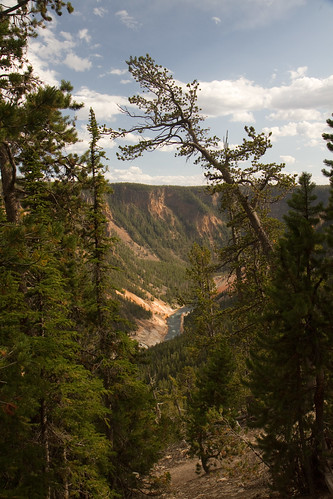
The Grand Canyon of the Yellowstone as seen from the trail to Seven Mile Hole. The river, center, was about 1000 feet below the point where this was taken.
I passed five other hikers on my way in. That was the extent of my contact with humanity: I saw nobody on my hike up and out of the Grand Canyon of the Yellowstone the next morning.
It took a while, but I found solitude in Yellowstone.
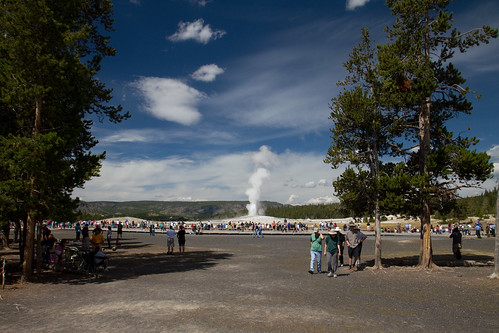
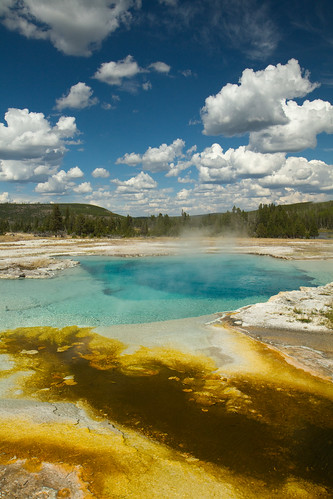
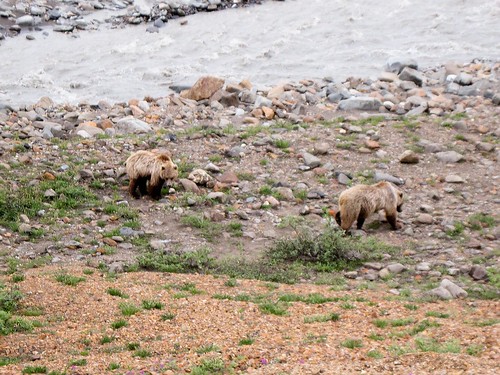
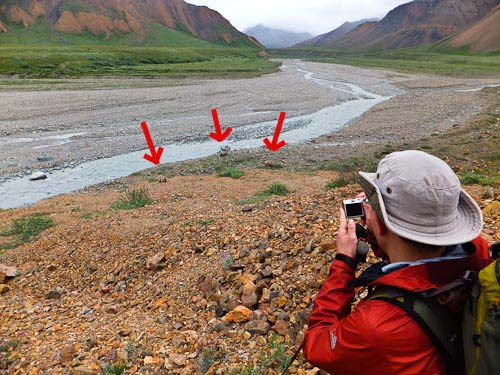
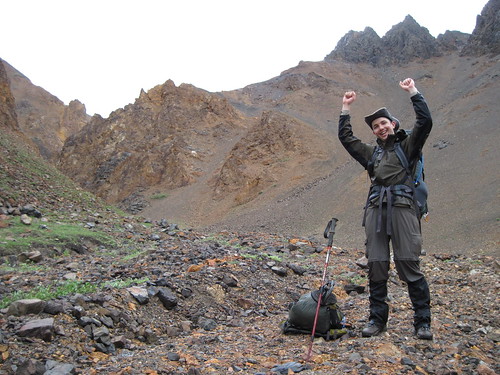
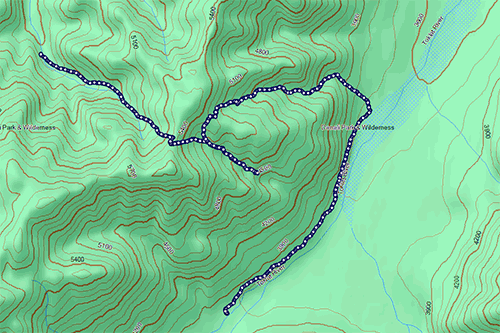
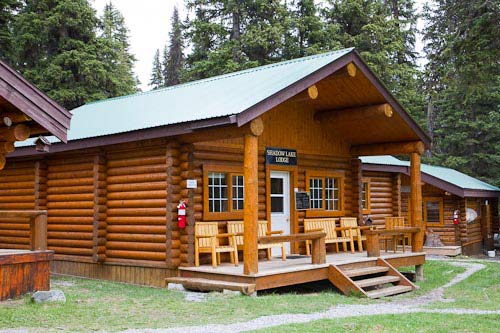
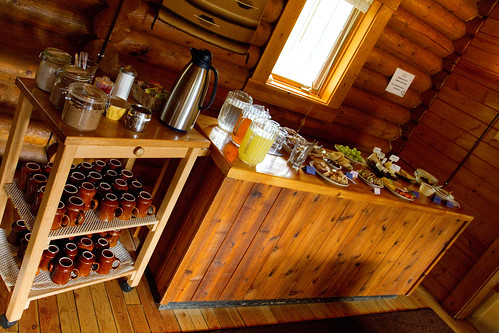
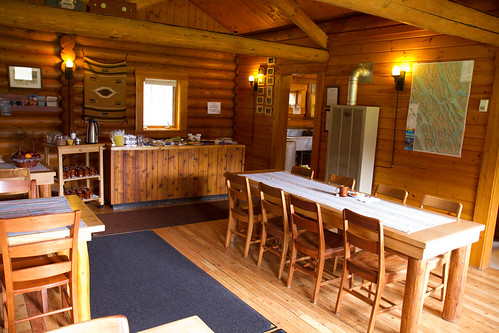
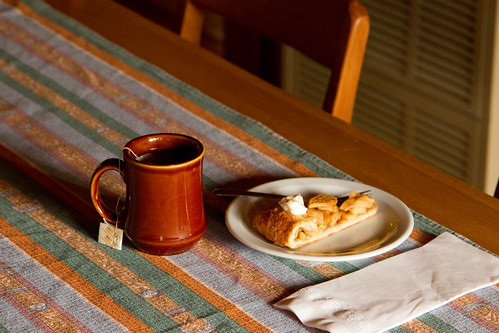
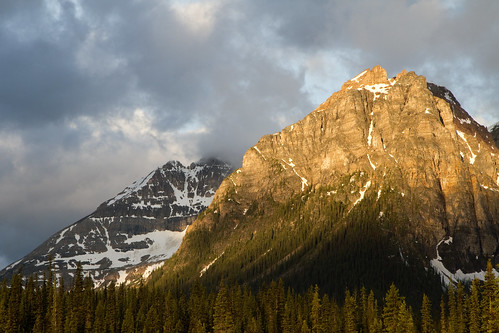
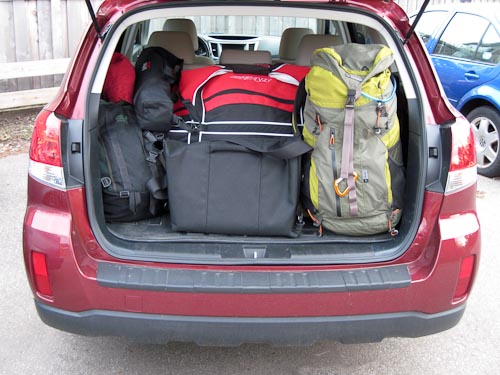
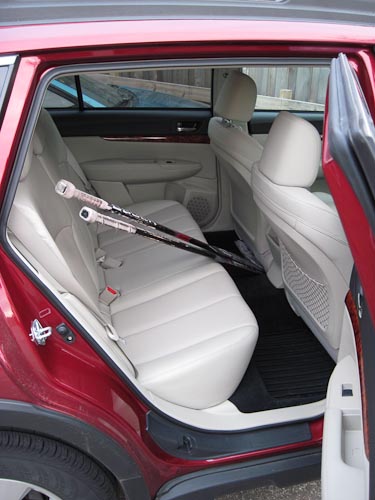
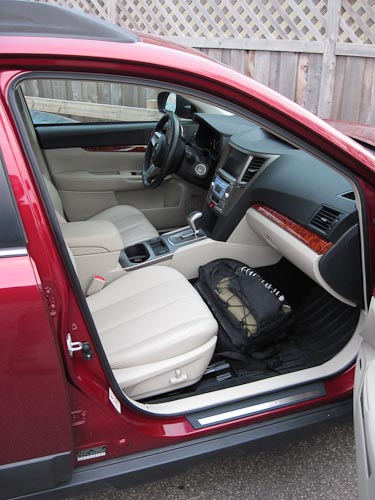


Recent Comments